The sheen of nonprofit news wears off
I became convinced that nonprofit was the future of news after watching for-profit newsrooms be decimated by venture capital and legacy media repeatedly harm communities to put out a quick story. Since then, I’ve worked for a string of nonprofit newsrooms — first as a freelancer, then as a fellow, then as an employee, and now as a founder.
What I’ve learned is that, while many nonprofit newsrooms bill themselves as saviors of journalism, they’re deluding themselves as long as they don’t overhaul what their practice of journalism looks like.
The most important thing for a newsroom isn’t being “nonprofit” — it’s about the values it lives up to.
Nonprofit news has enabled significant strides toward more empathetic and community-centered journalism, but many nonprofit newsrooms still perpetuate the same injustices documented in for-profit news. To name a few: A lack of worker protections and unions. Problems with equity and retention. A lack of transparency in hiring. Microaggressions. Racism. Sexism. Ableism. Transphobia. Exclusion.
I’ve also come to know that for-profit news can work as well when structured more democratically, such as with strong unions or cooperative structures. What matters in journalism are the values a newsroom has, the specific ways it lives up to them, and how its leaders hold themselves accountable.
This is not to say I don’t value the tax status or the way nonprofit news organizations have moved the industry forward. The media criticism and reporting outlet I co-founded, The Objective, is currently fiscally sponsored by the Institute for Nonprofit News and seeking nonprofit status.
And nonprofit news has enabled the emergence of an entire class of newsrooms reporting for — instead of on — their communities. Nonprofit outlets like Scalawag, Outlier Media, City Bureau, Sahan Journal, El Tímpano, and Documented have shown what it means to go beyond the tax status. They state their values and stand by them, making journalism that refuses to perpetuate the status quo. They are transparent and aim to be accountable. They explain what they do and why. Like these outlets and others, nonprofit newsrooms need to go beyond arguing that they are creating “impact” and saving democracy and show how they live up to their values.
There are a number of ways to do that while pushing the field forward. Support unions and worker protections. Be transparent in the hiring process and clearly outline salary or pay. Try to understand the power dynamics at play in the newsroom. Seek to dismantle the norms that have contributed to an exclusionary journalism field.
Some nonprofit newsrooms are struggling to exist while others are flush with capital. To the latter, it’s important to say: It’s on you. Offer your fellows healthcare, a living wage, and a way forward to permanent job placement. Pay for the work done in writing and editing tests. Recognize your power in the field and operate with that in mind when evaluating how much you’re willing to invest in staff, communities, and collaborators.
The first nonprofit newsroom in the United States was created in 1977. Nonprofit news isn’t new. It’s a band-aid solution to an ailing profession. In 2022, nonprofit newsrooms explicitly defining and living up to their values is the cure.
Gabe Schneider is lead editor of The Objective and story partnerships manager at Grist.

I became convinced that nonprofit was the future of news after watching for-profit newsrooms be decimated by venture capital and legacy media repeatedly harm communities to put out a quick story. Since then, I’ve worked for a string of nonprofit newsrooms — first as a freelancer, then as a fellow, then as an employee, and now as a founder.
What I’ve learned is that, while many nonprofit newsrooms bill themselves as saviors of journalism, they’re deluding themselves as long as they don’t overhaul what their practice of journalism looks like.
The most important thing for a newsroom isn’t being “nonprofit” — it’s about the values it lives up to.
Nonprofit news has enabled significant strides toward more empathetic and community-centered journalism, but many nonprofit newsrooms still perpetuate the same injustices documented in for-profit news. To name a few: A lack of worker protections and unions. Problems with equity and retention. A lack of transparency in hiring. Microaggressions. Racism. Sexism. Ableism. Transphobia. Exclusion.
I’ve also come to know that for-profit news can work as well when structured more democratically, such as with strong unions or cooperative structures. What matters in journalism are the values a newsroom has, the specific ways it lives up to them, and how its leaders hold themselves accountable.
This is not to say I don’t value the tax status or the way nonprofit news organizations have moved the industry forward. The media criticism and reporting outlet I co-founded, The Objective, is currently fiscally sponsored by the Institute for Nonprofit News and seeking nonprofit status.
And nonprofit news has enabled the emergence of an entire class of newsrooms reporting for — instead of on — their communities. Nonprofit outlets like Scalawag, Outlier Media, City Bureau, Sahan Journal, El Tímpano, and Documented have shown what it means to go beyond the tax status. They state their values and stand by them, making journalism that refuses to perpetuate the status quo. They are transparent and aim to be accountable. They explain what they do and why. Like these outlets and others, nonprofit newsrooms need to go beyond arguing that they are creating “impact” and saving democracy and show how they live up to their values.
There are a number of ways to do that while pushing the field forward. Support unions and worker protections. Be transparent in the hiring process and clearly outline salary or pay. Try to understand the power dynamics at play in the newsroom. Seek to dismantle the norms that have contributed to an exclusionary journalism field.
Some nonprofit newsrooms are struggling to exist while others are flush with capital. To the latter, it’s important to say: It’s on you. Offer your fellows healthcare, a living wage, and a way forward to permanent job placement. Pay for the work done in writing and editing tests. Recognize your power in the field and operate with that in mind when evaluating how much you’re willing to invest in staff, communities, and collaborators.
The first nonprofit newsroom in the United States was created in 1977. Nonprofit news isn’t new. It’s a band-aid solution to an ailing profession. In 2022, nonprofit newsrooms explicitly defining and living up to their values is the cure.
Gabe Schneider is lead editor of The Objective and story partnerships manager at Grist.
Matt Karolian

Raney Aronson-Rath

Mary Walter-Brown

Matt DeRienzo

Melody Kramer

Cherian George
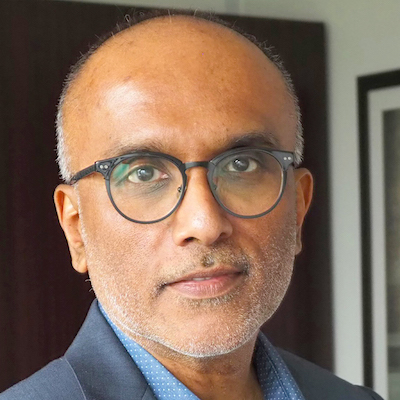
Ariel Zirulnick

Shannon McGregor Carolyn Schmitt

Nik Usher

Joshua P. Darr

Meena Thiruvengadam
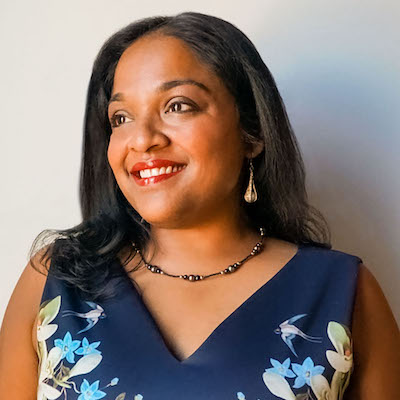
Alice Antheaume

Daniel Eilemberg

Anthony Nadler

Andrew Freedman

Rasmus Kleis Nielsen

David Skok

Ståle Grut

Robert Hernandez

Parker Molloy

Kerri Hoffman
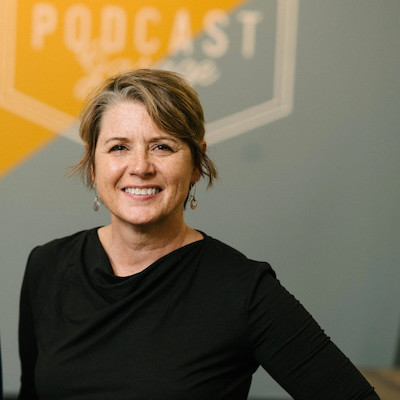
Brian Moritz

Eric Nuzum

Christoph Mergerson
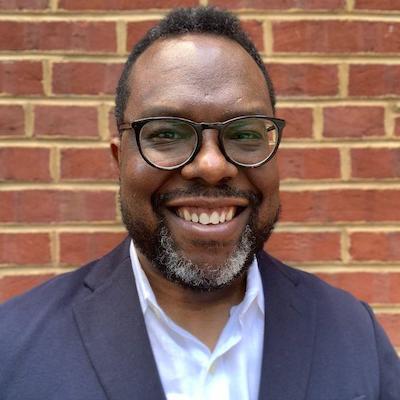
Jennifer Coogan

Victor Pickard

Joe Amditis

Zizi Papacharissi

Errin Haines

Simon Galperin

Burt Herman
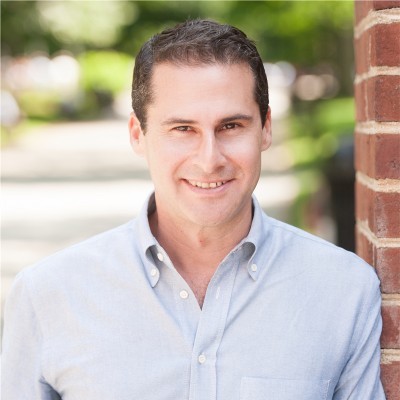
Kristen Jeffers
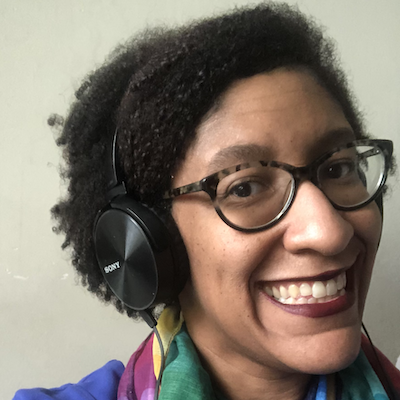
James Green

Sarah Marshall

Millie Tran

Mario García
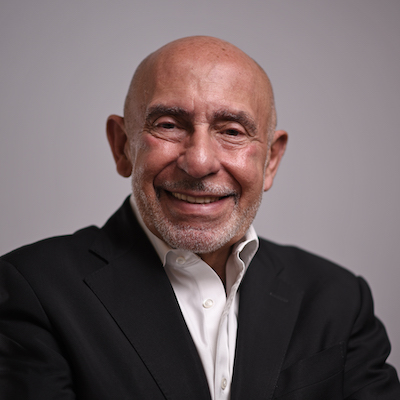
Joni Deutsch

Natalia Viana

Anita Varma

Laxmi Parthasarathy

Larry Ryckman

Sam Guzik

Richard Tofel

Paul Cheung

Stefanie Murray

S. Mitra Kalita

Chicas Poderosas

Stephen Fowler

Tamar Charney

Juleyka Lantigua

Michael W. Wagner

Doris Truong

j. Siguru Wahutu

Jody Brannon

Rachel Glickhouse

Mandy Jenkins

Shalabh Upadhyay

John Davidow

Candace Amos
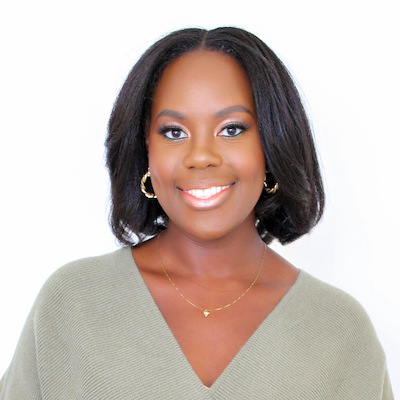
Kathleen Searles Rebekah Trumble

Jesse Holcomb

Jonas Kaiser

Megan McCarthy

Cristina Tardáguila

James Salanga

Tony Baranowski

Chase Davis

Kristen Muller
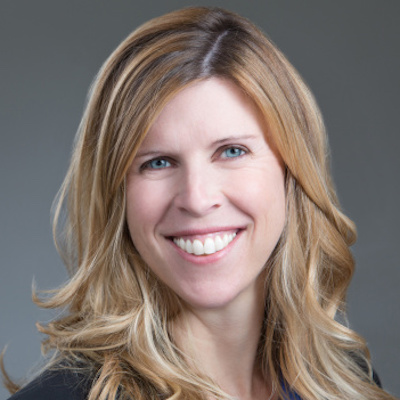
Francesco Zaffarano

Amara Aguilar

Simon Allison

Cindy Royal

Jesenia De Moya Correa
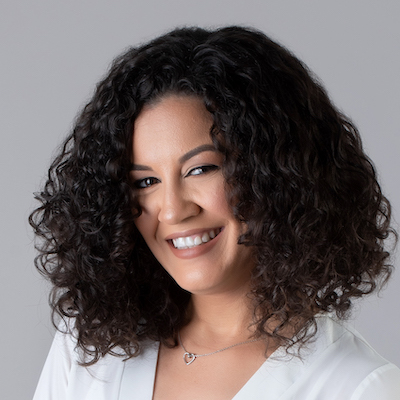
Wilson Liévano

Tom Trewinnard

A.J. Bauer

Amy Schmitz Weiss
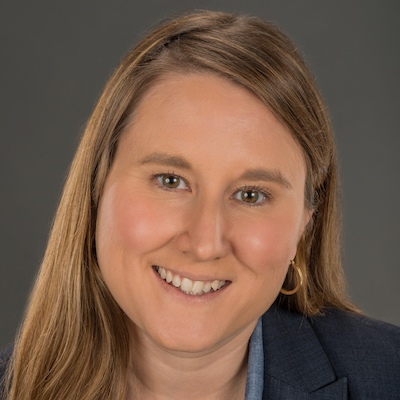
Gabe Schneider

Sarah Stonbely

Gonzalo del Peon

Whitney Phillips

AX Mina

Kendra Pierre-Louis

Joanne McNeil

Joy Mayer

Jennifer Brandel

Julia Angwin

Julia Munslow

David Cohn

Moreno Cruz Osório

Izabella Kaminska
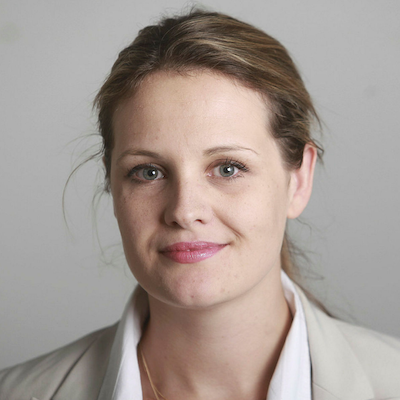
Anika Anand

Gordon Crovitz

Christina Shih

Don Day

Jessica Clark

Jim Friedlich

Catalina Albeanu

Mike Rispoli

Matthew Pressman
